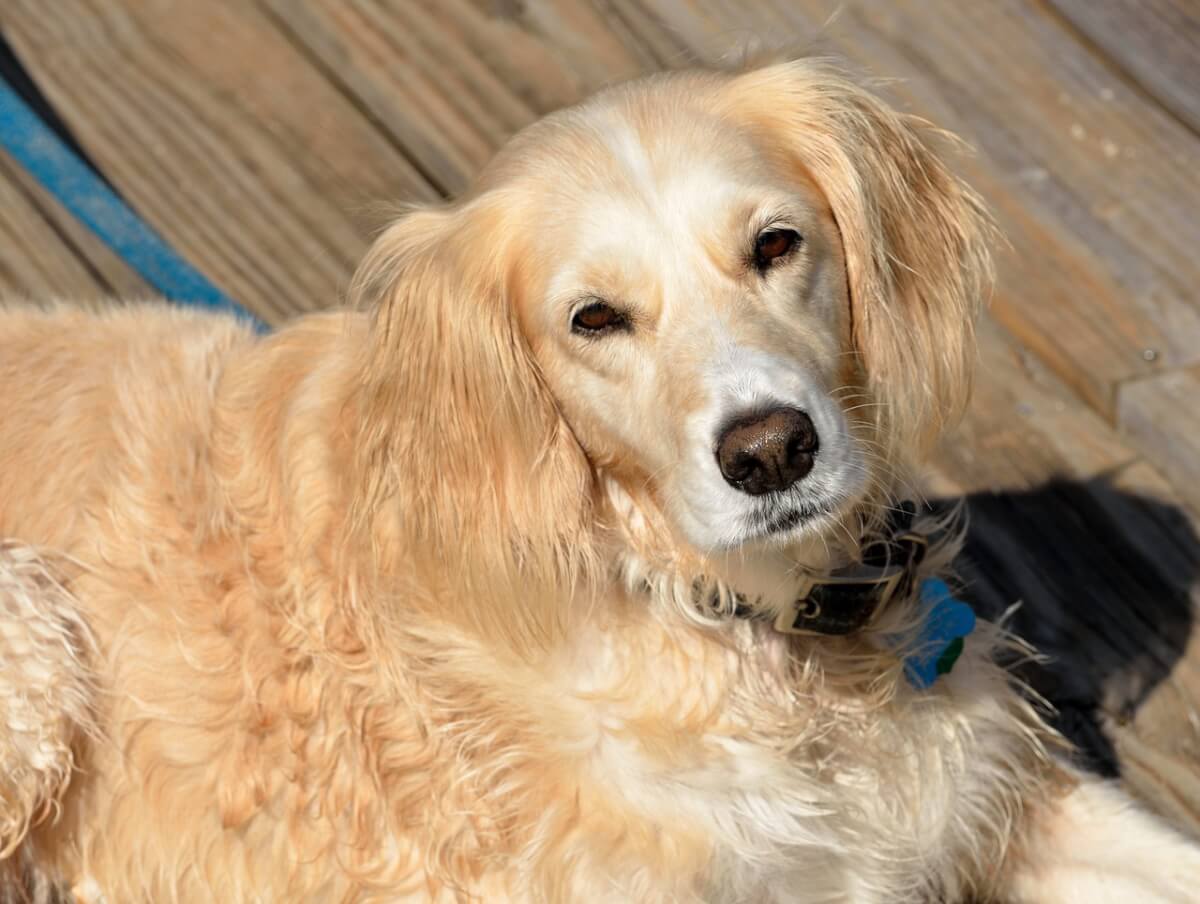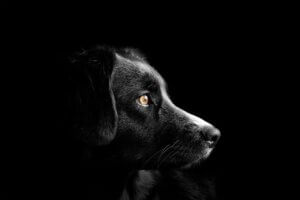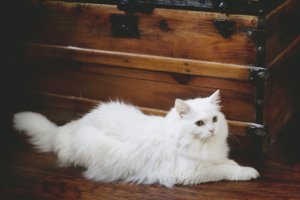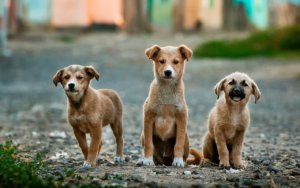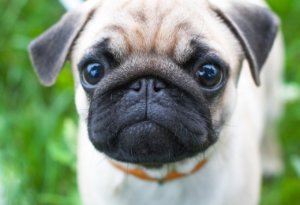Pomeranians are a special breed of toy dog. They are loyal, energetic and protective towards their owners. Pomeranians are full of character and many people fall in love with their friendly faces. They are also a happy dog most of the time and very noticeable as well. They like to jump and with their two front paws they will wave at you.
Pomeranians love to be shown off. Whether it’s during a walk and they insist of socializing with any dog in your path, or at shows. They are courageous to a fault and will not be afraid of even the largest dogs.
According to the American Kennel Club the ideal Pomeranian has the following characteristics:
General Appearance:
The Pomeranian is a compact active toy dog. The Pomeranian has a soft, thick undercoat and a profuse, harsher textured out coat. The Pomeranian has a thick plumed tail lies flat on his back. The Pomeranian has an alert character and has an intelligent expression. He has an inquisitive nature and can be cocky, commanding and animated in his gait.
Size, Proportion, Substance
The ideal show specimen is between 4 – 6 pounds. The Pomeranian shouldn’t weigh any less than 3 pounds and no more than 7 pounds. The Pomeranian is medium boned and the length of his legs is in proportion to his well-balanced overall frame.
Head
The head must be in balance with the body. The muzzle of the Pomeranian is short, straight, fine and never snippy. His expression is alert. The skull is closed. The top of the skull is slightly rounded. The ears are small and mounted high. The ears are carried erect. The eyes are almond shaped, dark, bright and medium in size. The eyes are set well into the head. The Pomeranian has black pigmentation on the nose and around the eyes. The teeth meet in a scissors bite.
Major faults:
– Round domed skull
– Undershot mouth
– Overshot mouth
Neck, Topline, Body
The Pomeranian has a short neck well set into the shoulders. The head is carried high. The topline is level and the back is short. The Pomeranian has a compact. Well-ribbed brisket which reaches the elbow. One of the characteristics of the breed is the plumed tail, which lies flat and straight on the back.
Forequarters
The shoulders and legs are moderately muscular. The shoulder blade and the upper arm are equal in length. The forelegs are straight and parallel. The pasterns are straight and strong. The feet are arched, compact and straight. Dewclaws may be removed.
Major fault:
Down in pasterns
Hindquarters
The hindquarters are angled in such a way as to balance out the forequarters. The Pomeranian’s buttocks are well behind the tail. The thighs are moderately muscled with stifles that are moderately bent and well defined. The hocks are set perpendicularly to the ground. The legs are straight.
Major faults:
Cowhocks
Lack of soundness in hind legs or stifles
Gait
The Pomeranians gait is smooth and free. His gait is balanced and vigorous. He has a good reach with his forequarters and strong drive with the hindquarters.
Coat
The Pomeranians coat is its glory. The undercoat is thick and fluffy; the top coat is long and straight.
Colors
The American Kennel Club recognizes 13 colors and color combinations in Pomeranians.
Temperament
Pomeranians are energetic and lovable. They are rated the 23rd most intelligent dog (out of 79 breeds) by Stanley Coren is his publication “The Intelligence of Dogs”.
Pomeranians require regular grooming. They house train and are easier to train than the other toy breeds. They are suitable for people living in apartments and those with limited space for a pet. With proper care the Pomeranian can live a long life – until 15 or 16 years.
Finally please note that just because your Pomeranian or the one you plan on purchasing may not quite measure up to these standards. These are the standards if you plan on showing your Pomeranian and if you don’t then these guidelines don’t mean anything. Every Pomeranian is perfect just the way it is.
Intelligent, courageous and loyal – what more could you ask for in your furry companion?

